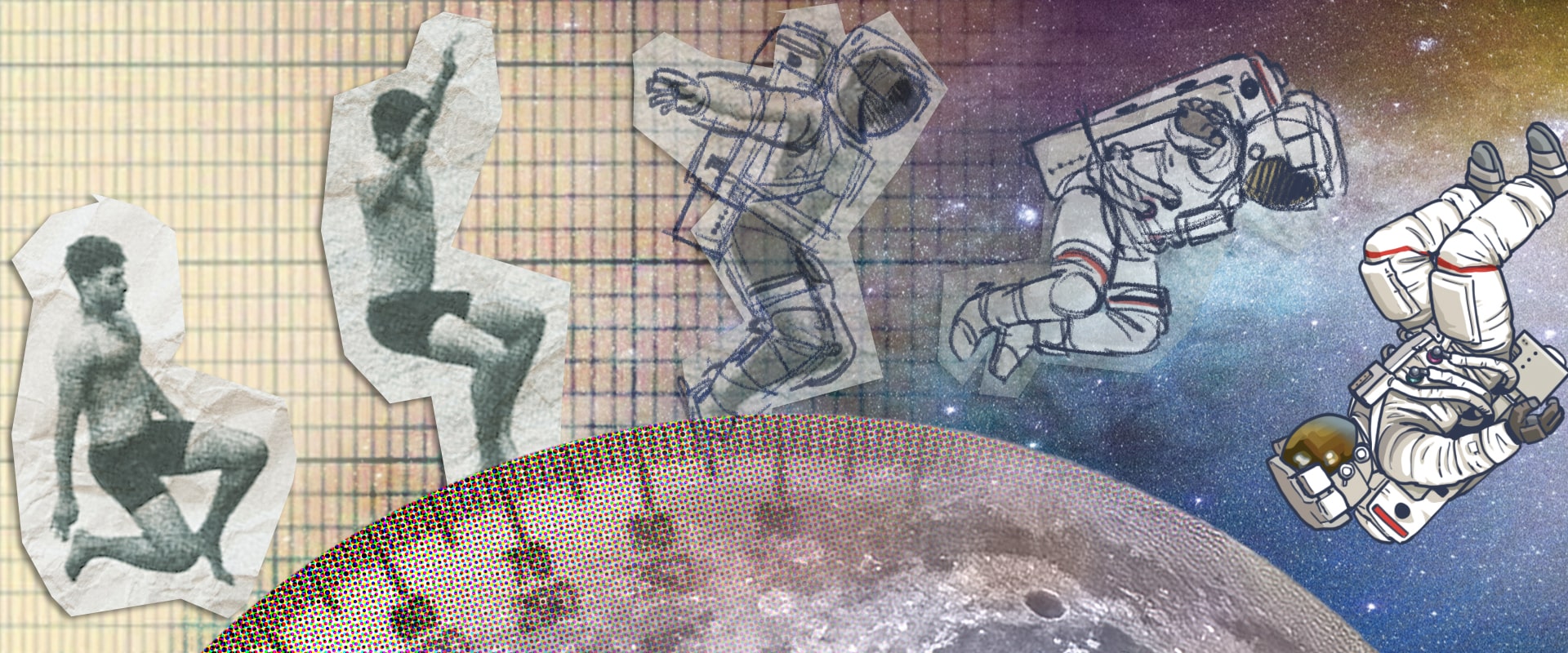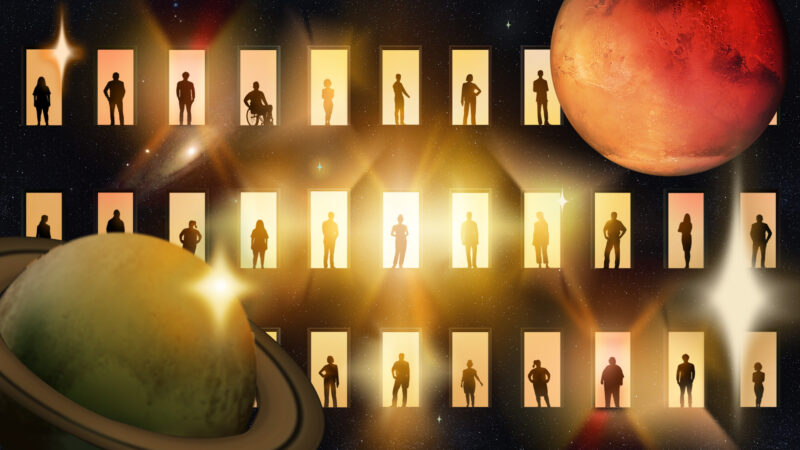Authors
Brandy Kostick,
Hannah Saidiner
Illustration by
Eri Hashimoto
Animation’s Identity Crisis
With awards season underway, this weekend we focus our attention on the 95th Academy Awards. Richard Linklater’s Apollo 10 ½ would have been an easy fit in the Best Animated Feature category; however, controversy surrounding technique used to create the film almost stopped it from qualifying at all.





